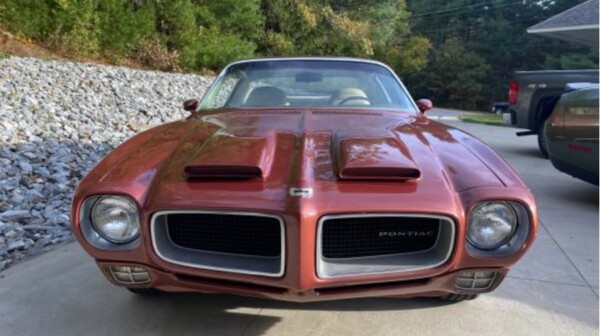
The oil crisis, clean air legislation, and smog laws forced the automobile to undergo the biggest changes of all time (in all aspects)
Safety played a major role in car design for the first time, with minimum heights for bumpers, seat belt warnings, and early versions of airbags
Horsepower ratings switched from Gross Rating to the more conservative SAE Net system, drastically reducing advertised horsepower numbers
Carburetors become emissions-savy and complex, with some switching to EFI toward the end of the decade
Compression ratios drop to around 8:1. The switch to unleaded fuel means lower octane at the pump
Manufacturers switch to synthetic engine oil, allowing longer oil change intervals and increased engine life
Radial tires render bias-ply tires obsolete on passenger cars as they are safer, increase mpg, and provide a smoother ride
Power steering is widely standard, and steering wheels become smaller
Japanese cars begin infiltrating the market, particularly in the small car segment
Car batteries are now maintenance free on the majority of cars sold
– say hello to –
The Japanese!
The Catalytic Converter!
Smog and MPG!
Pop-up And Square Headlights!
Rubber Impact Bumpers!
Overdrive Transmissions And Front Wheel Drive!
The Cassette Tape!
HEI Ignition Systems!
3-point Seat Belts!
Cloth seats!
Velour!
Amber Turn Signals!
The Van And The Hatchback!























